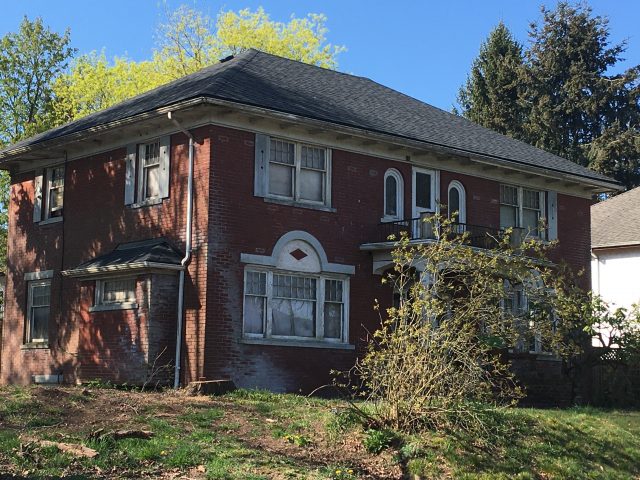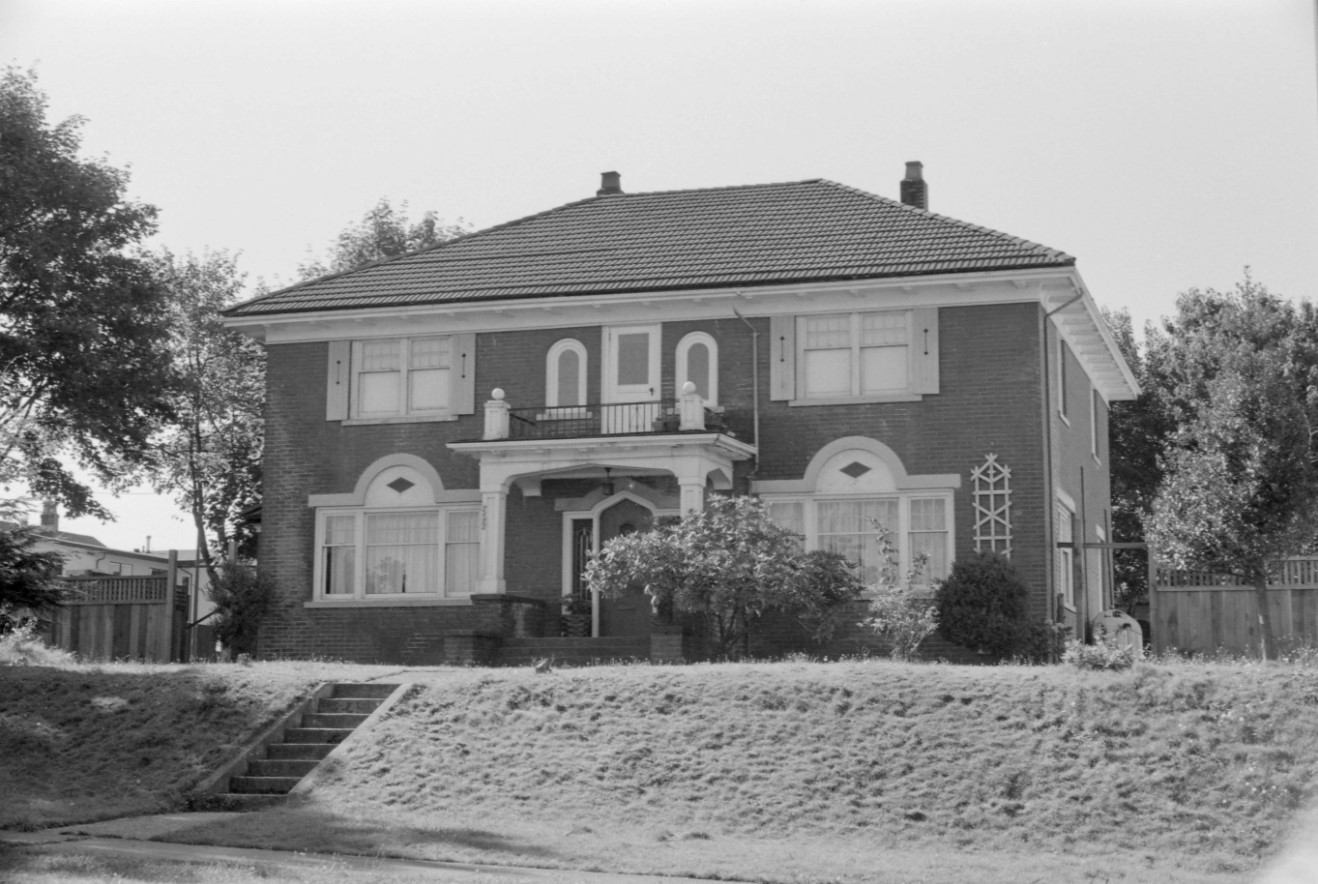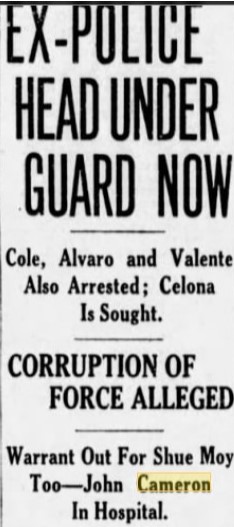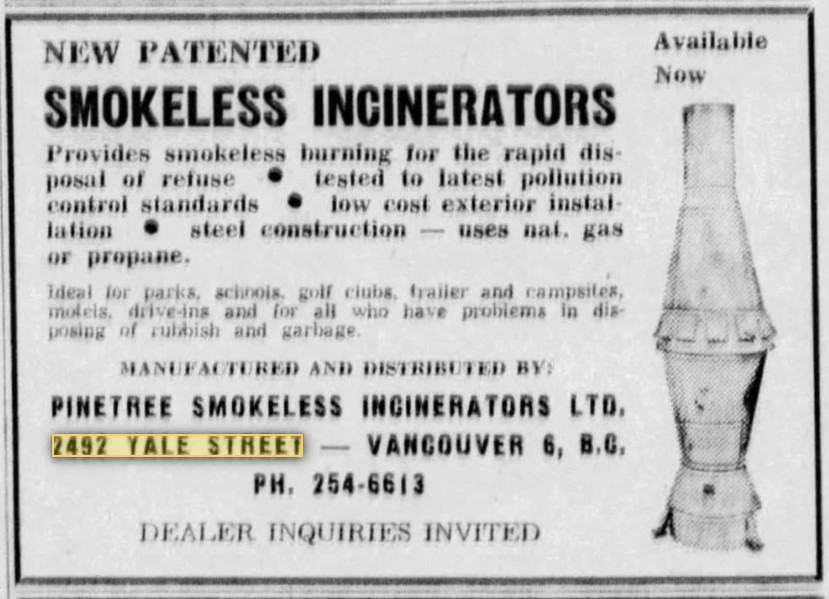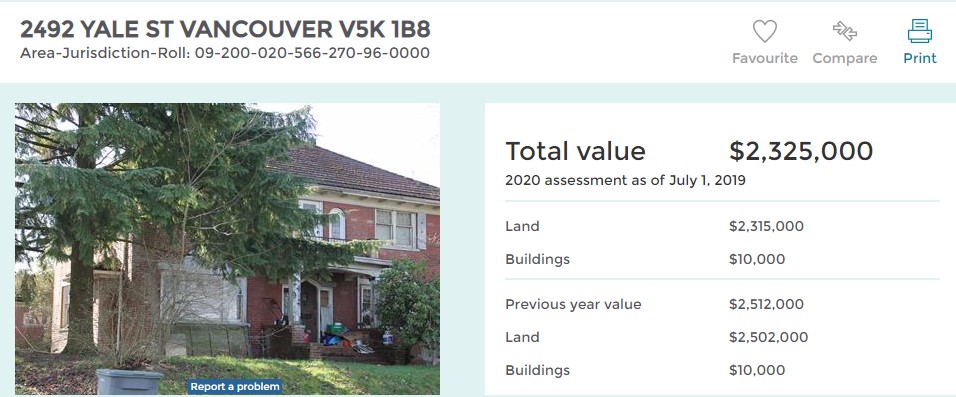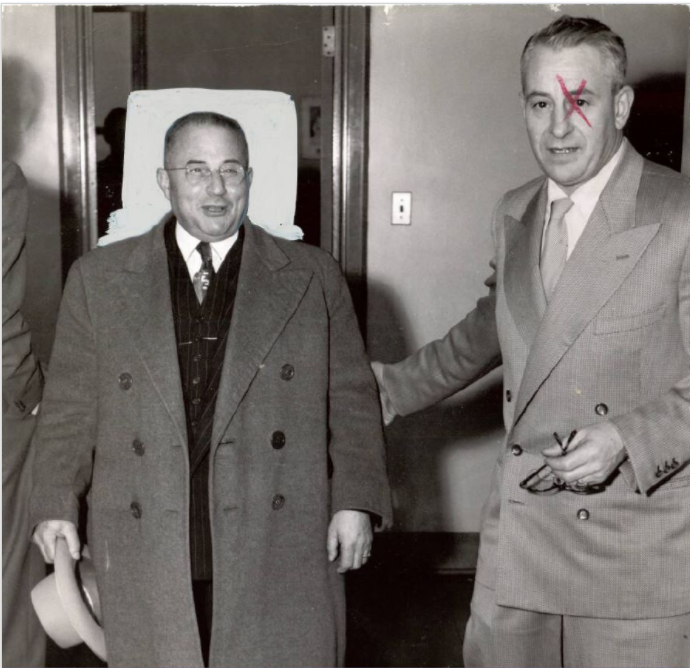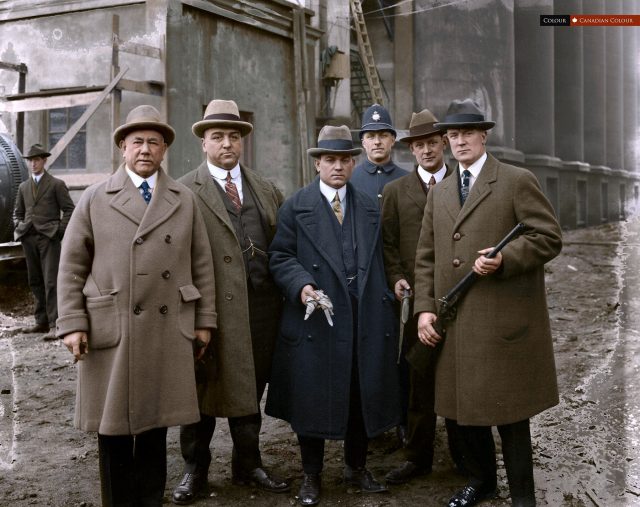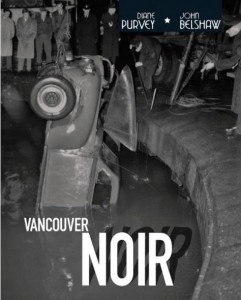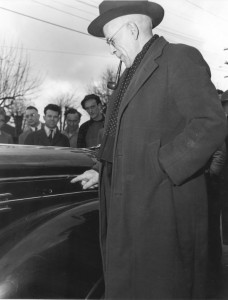Multiplexes will soon replace single family homes all over Vancouver. How many stories will be erased from our history?
I was reading an article in the Vancouver Sun yesterday called “Multiplexes may be coming to your neighbourhood soon.” It’s City Hall’s way of densifying our neighbourhoods, replacing those entitled single family homes with up to six strata homes on a single lot.
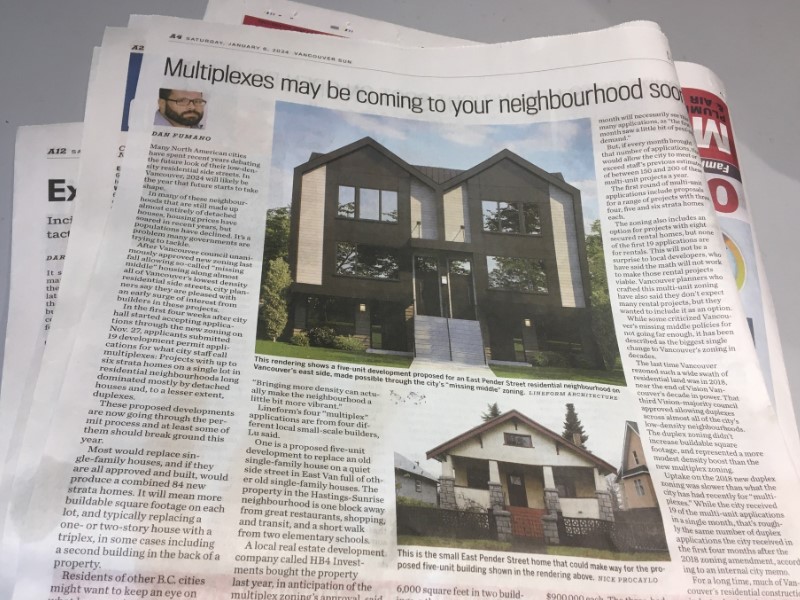
2667 East Pender Street:
The article is illustrated with two pictures – the five-unit development proposed for an east Pender Street house in the Hastings Sunrise neighbourhood “made possible through the city’s ‘missing middle’ zoning,” and the little house that it replaces.
And, then I realized, hey I know this house.

The new project, says the article, would almost double the livable square footage, and the guy who now owns the property expects to get $1.65 million each for the two units in the front of the building and another $900,000 each for the ground level two-bedroom units. It doesn’t say what the new owners will pay for the laneway house at the back, or the monthly strata fees. But let’s assume fees will be hefty, and clearly at these prices, we’re not talking about first-time, average wage-earning home buyers.
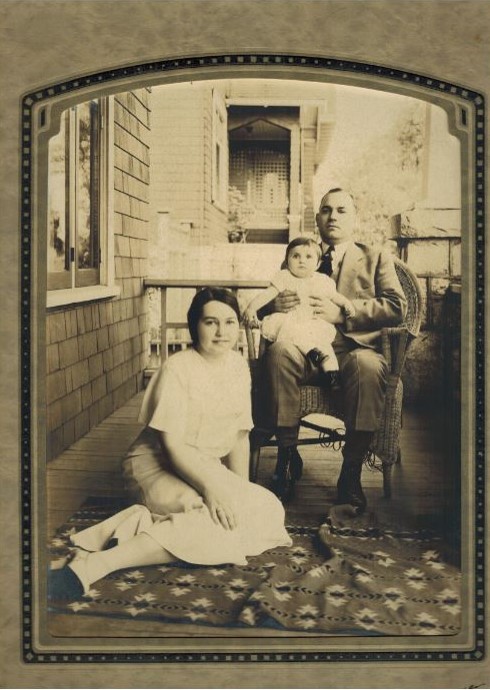
Detective Joe Ricci:
So, let’s take a minute to look at the diminishing heritage house stock that these multiplexes will replace. The house in the article was built by Vancouver Police Detective Joe Ricci in 1922. Joe immigrated to Canada from Falvaterra, Italy in 1906, and six years later, he was the first Italian to join the Vancouver Police Department.
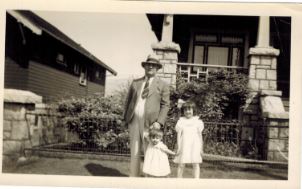
Joe raised his two daughters in this house, and in 2014 when I took photos for my book Sensational Vancouver, his daughter Louise still lived there. I know because I sat with her in their kitchen going through boxes and boxes of newspaper clippings and photos about her Dad. Louise showed me the back porch where Chinese gangsters broke into Joe’s house during the Tong Wars of the 1920s, and threw chicken blood all over the cupboards. It was a warning for Joe to stay away.
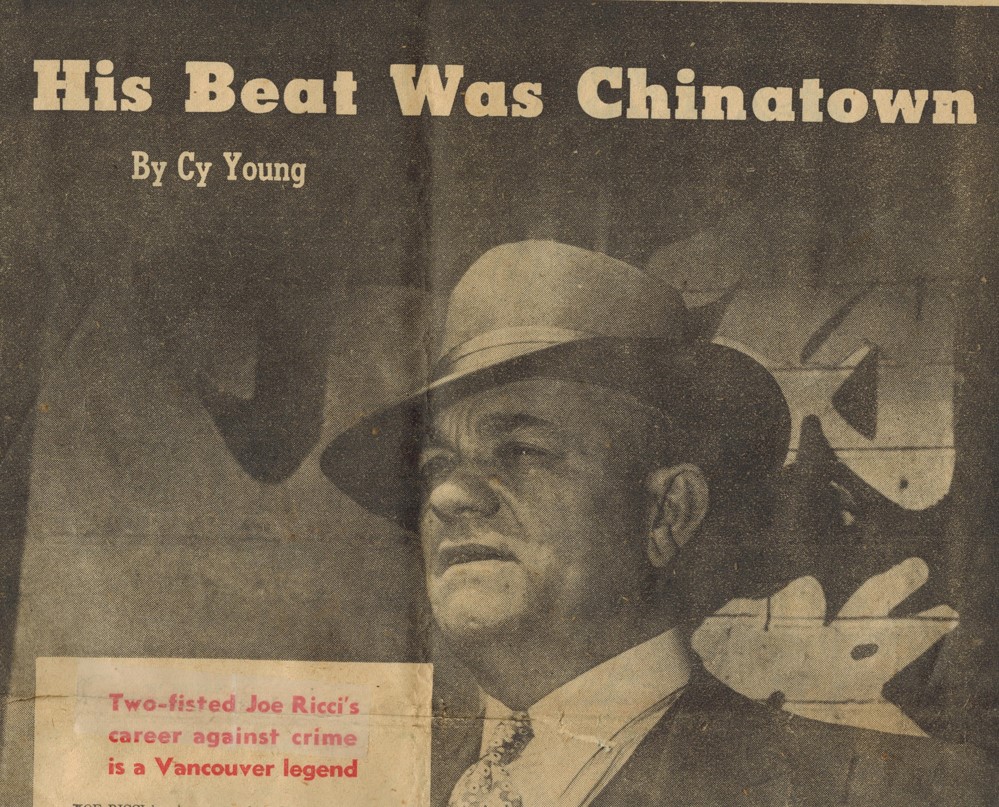
West Coast Central Club:
Joe was on duty March 20, 1917, the night that Police Chief Malcolm MacLennan was killed in a shootout in Strathcona. He worked on the dry squad, the drug squad, and later, the Morality Squad. He left the force and founded the West Coast Central Club right next to the old police station on Main Street. Louise worked at the club and remembers serving newspaper reporters like Jack Wasserman and Jack Webster. “Webster used to sit beside the planters so nobody would see him. I’d serve him screwdrivers,” Louise told me. She remembered Officer Bernie “Whistling” Smith as well as crime boss Joe Celona and Judge Les Bewley.

That’s just one house’s story. I wonder how many more we’ll be erasing in the coming years.

Related:
- Sensational Vancouver
- Joe Ricci’s Vancouver
- The story behind a 1924 photo
- The Black Hand’s Vancouver Connection
© All rights reserved. Unless otherwise indicated, all blog content copyright Eve Lazarus.


